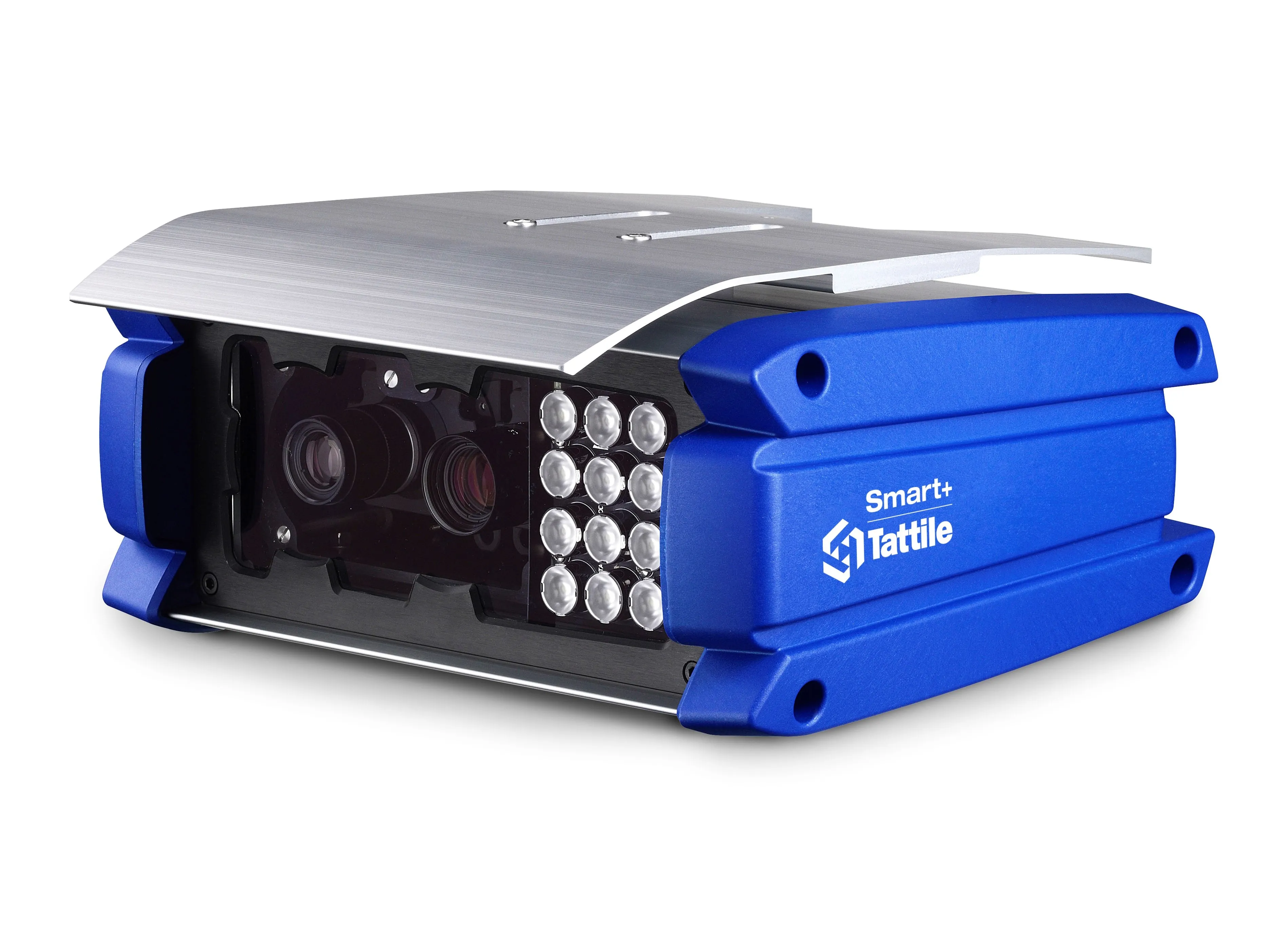
Theia Technologies’ compact telephoto lenses deliver the performance required for modern intelligent traffic systems (ITS) and automated number plate recognition (ANPR) applications.
These high-precision lenses combine superior resolution with a compact form factor—ideal for both fixed and mobile traffic enforcement installations.
Theia’s SL1250 and motorised TL1250 telephoto lenses support 300 lp/mm resolution, enabling full 4K imaging with pixel sizes down to 1.55µm on sensors up to 1/1.7”.
These lenses provide a 12–50mm focal length while maintaining a compact 52mm length, significantly shorter than most lenses in this focal range.
For smaller sensor formats, the SL940 and TL936 offer 200lp/mm resolution, optimized for 5MP sensors with 2.3µm pixels (up to 1/2.3” imagers). With focal lengths of 9–40mm (SL940) and 9–36mm (TL936) and only 50mm in length, these lenses are among the most compact high-performance telephotos available.
All lenses are IR corrected from 435nm to 940nm, eliminating focus shift between visible and near-infrared (NIR) wavelengths. This allows consistent focus across lighting conditions—whether under ambient sunlight or IR illumination—ensuring clear, accurate imaging for day/night license plate capture.
Paired with modern high-resolution cameras and AI-based recognition engines, the SL1250 and TL1250 can capture license plates at distances of 140m (450 feet) or more, under both visible and NIR lighting. These lenses maintain optical sharpness across the zoom range and field of view, supporting high-speed ANPR across variable traffic conditions.
Available in manual, DC auto-iris, and P-iris versions, these lenses support CS-mount and D25 board-mount configurations. The motorised TL936 and TL1250 models incorporate precision zoom and focus motors, ideal for remote setup, calibration, and fine-tuning—particularly valuable in mobile or hard-to-access deployments where field recalibration can be disruptive and costly.
Theia also offers a TL410 4-10mm motorised lens which can cover more lanes of traffic in tolling and other ITS applications where a wider FOV is needed.

Theia’s MCR IQ™ Motor Control Board and IQ Lens™ System software enable seamless integration with remote system architectures. Through a GUI or Python API, users can command zoom, focus, iris, and filter switching over USB, UART, or I²C interfaces.
Theia’s motorised lenses are also available with optional Near IR bandpass and longpass filters for use when the application requires sensitivity to different wavelengths. Currently available are models in 850 and 940nm. Filters are also possible on other motorised lens models and in other wavelengths.
The lenses are designed for occasional zoom and focus adjustments rather than continuous motion applications that would use pan-tilt-zoom type cameras. Specifications detail backlash, missed-step tolerances, motor speeds, and thermal operating limits. A motor temperature calculator is available to assist system designers in evaluating lens performance under environmental and duty-cycle conditions.
A testimonial video (below) features four ITS integrators across three continents sharing firsthand insights into Theia’s lens performance and reliability.
Learn why Theia’s compact telephoto solutions are trusted worldwide in ITS, LPR, and ANPR applications demanding high-resolution imaging, compact form factors, and precise long-distance identification.
Content produced in association with Theia Technologies








